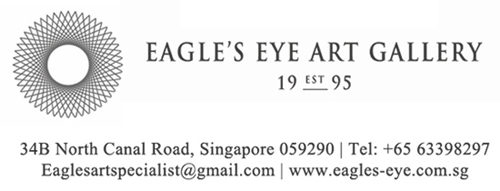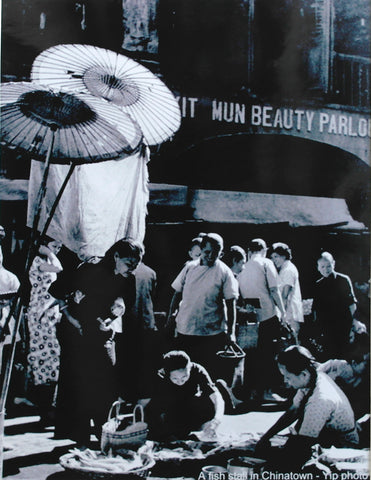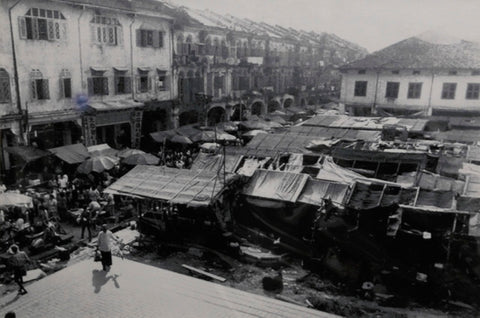Boat Quay and the Singapore River
$30.00 $60.00
Photograph Print by Yip Cheong Fun.
This artwork is mounted on mattboard.
Change is the only constant in the landscape along the Singapore River. The changes along the river banks have always been dramatic, especially at Boat Quay. As the shipping traffic increased, congestion at the river mouth worsened. This led to the building of wharves eightfold between 1873 and 1914. Even with the wharves at the New Harbour, congestion at the river mouth was acute, with smaller vessels clustering along the river. Later, river traffic improved with the construction of several bridges, such as the Coleman and Ord bridges. Boat Quay today has become a tourist center with restaurants, bars, and other tourist attractions. The Singapore River has been cleaned up, and that includes the myriads of barges, tongkangs, lighters, and others.
The picture by Yip Cheong Fun, Outstanding Photographer of the Century, shows Boat Quay in the Fifties. Notice the row of godowns and warehouses along the river bank, and the work of coolies there. Cranes were often employed in the loading and unloading of cargoes. What is more interesting is the fact that since the founding of Singapore until the 1980s, the steersman working on lighters and barges or tongkangs, especially at Clifford Pier, were largely monopolised by Chinese Jinmen migrants from Taiwan. All of them were Hokkiens. It was impossible for others to be involved in this business as they would have to join the Jinmen clan associations before they could work there. The monopoly was only broken when the Government introduced registration of coolie gangs in 1980 and other measures. The eleven odd associations still exist, but their members have since decreased. Today, the motor launch service is no longer dominated by Jinmen migrants. But then the boats, lighters, and barges at Boat Quay have all gone into oblivion.




